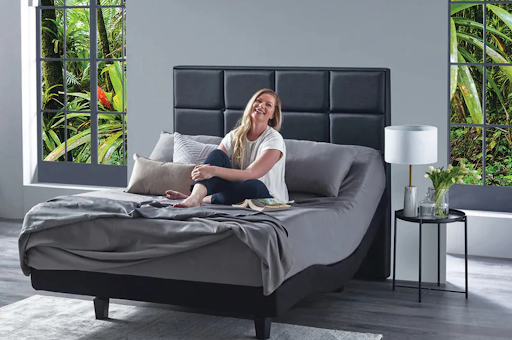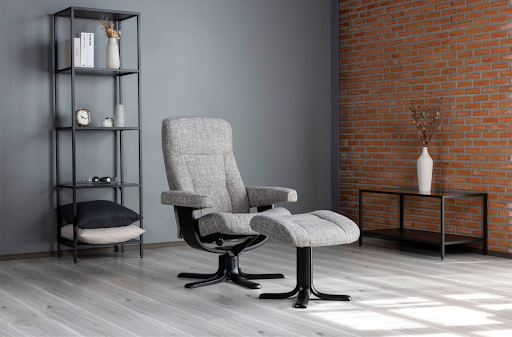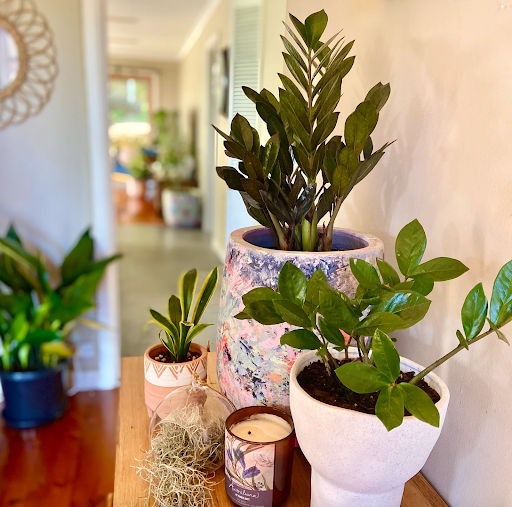At Good Story Blog, we love sharing stories that inspire, inform, and connect people. Our goal is to give you interesting and useful content on topics that matter to you.

Transforming your living room or a dedicated space into a home theatre is an exciting project for any entertainment lover. Whether you’re an Australian binge-watcher or a sports fanatic, having the perfect home theatre setup can enhance your viewing and sound experience, making every movie night or game day feel like a trip to the cinema. But creating the ideal home theatre room setup requires careful planning. In this guide, we’ll cover the key elements needed for an optimal sound and viewing experience.
Room Size and Shape Matter
The first step to achieving the ideal home theatre setup is to assess the size and shape of the room. A rectangular room is generally the best option for a home theatre, as it allows for better sound distribution compared to square rooms, where sound can bounce unevenly.
When considering size, keep in mind the distance between your seating area and the screen. Too close, and you’ll strain your eyes; too far, and you’ll lose the immersive effect of a big screen. A good rule of thumb is to place the seating area about 1.5 to 2.5 times the diagonal screen size away from the TV or projector screen.
Selecting the Right Screen Size
For an immersive experience, choosing the correct screen size is crucial. If you’re using a TV, most Australians find that a 65-inch or larger 4K TV works well in a home theatre. For a projector setup, the screen size can range between 100-150 inches, depending on the room dimensions—measure your viewing distance and multiply it by 0.84 to get the ideal screen size in inches.
If you’re considering a projector and screen, it’s also essential to invest in a good-quality projector that supports 4K resolution and HDR (high dynamic range) for crystal-clear images.
Optimal Speaker Placement for Surround Sound
Sound plays a significant role in creating a cinematic experience, and this is where surround sound systems shine. A 5.1 or 7.1 surround sound system (5 or 7 speakers plus a subwoofer) is ideal for home theatres, offering an enveloping sound experience.
Front Speakers: Place these on either side of the TV or screen at ear height when seated.
Centre Speaker: This is for dialogue and should be placed directly under or above the screen, also at ear level.
Surround Speakers: For 5.1 setups, position these to the left and right, slightly behind your seating area. For 7.1, add two more speakers behind the seating area for even more immersive sound.
Subwoofer: The subwoofer delivers the bass and low-frequency effects. Place it in a corner or against a wall to enhance the bass response.
Lighting Control for Optimal Viewing
Lighting can make or break your home theatre experience, particularly when it comes to maintaining picture clarity. Natural light and glare can wash out colours and make it difficult to see fine details on the screen.
Block Out Light: Invest in blackout curtains or blinds to eliminate natural light from entering the room.
Dimmable Lighting: Install dimmable lights or smart lighting that you can control remotely. This will allow you to adjust the lighting to suit different moods, from dim for movie watching to bright for social gatherings.
Ambient Lighting: Consider adding LED strip lighting behind the TV or around the room to create a subtle glow that reduces eye strain without distracting from the screen.
Comfortable Seating
Comfort is key when it comes to enjoying a long movie or binge-watching session. Plush, reclining theatre chairs or a large sectional sofa can make a world of difference. Be sure to arrange seating so that everyone has an unobstructed view of the screen.
For larger rooms, consider a tiered seating arrangement to replicate the cinema experience. If space allows, place the second row of seats on a riser to ensure a clear view.
Room Acoustics
For the best sound experience, room acoustics need to be addressed. Hard surfaces like tile floors and bare walls can cause sound to echo or bounce around, reducing the quality of your surround sound.
Soundproofing: Consider adding acoustic panels to the walls or using thick curtains to help absorb sound. Carpeting or adding rugs can also help reduce sound reflections.
Furniture and Decor: Soft furniture like couches, plush chairs, and cushions can help with sound absorption, while bookshelves and other furnishings can act as diffusers, breaking up sound waves and preventing echoes.
Wiring and Cable Management
A home theatre setup can involve many different devices, from Blu-ray players and gaming consoles to streaming devices and sound systems. To keep things organised and avoid a tangled mess of wires, invest in cable management solutions like cord covers or cable trays.
If you’re starting from scratch, consider running cables through the walls or ceiling for a cleaner look.
Setting Up The Perfect Home Theatre
It’s all about creating a space that enhances both your visual and auditory experience. From selecting the right screen size to optimising speaker placement and managing lighting, each element plays a crucial role in achieving the ultimate home theatre experience. Whether you’re watching the latest blockbuster or cheering on your favourite sports team, the right setup can transport you right into the action, making every moment more immersive and enjoyable.
By carefully planning your home theatre room and paying attention to details like soundproofing and seating comfort, you can create a space that rivals even the best cinema experience—all from the comfort of your home.








